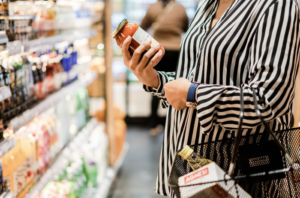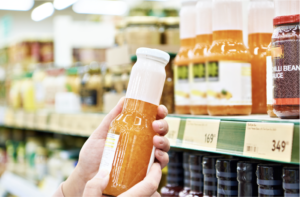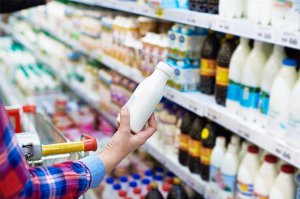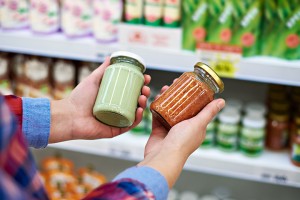Premium brands – selection is key
High price brands do not prosper everywhere. Amongst top ten brands they are disproportionately frequent in Western Europe and in petfood categories: Examples of categories with disproportionately few high priced top ten brands are yoghurt, olive oil or beer. Some other interesting patterns emerge:
- Of all top 10 brands, the leading brand is the least likely to feature a price that is more than twice the PL price. Only 1 in 4 leading brands has such a price point as opposed to almost 1 in 3 of smaller top 10
- Top ten brands owned by leading FMCG manufacturers are more likely to be premium. While on average 28% of all top ten brands are at least twice the PL price, almost all top ten FMCG manufacturers boast 30% or more high-price top ten brands in their portfolio.
- The more often a category is purchased, the more price-conscious consumers are (also retailers are more promo-prone in such categories). In categories with a purchase frequency of above 10 per year only 1 in 7 boast national brand price levels that are more than twice the price of PL. Among categories where purchase frequency is below 5 per year, national brands are twice the PL price for almost 1 in 2.
We have two possible interpretations of the selective appearance of premium brands in specific contexts: They either are less suited for a high-price strategy or manufacturers have been less successful in creating a proposition justifying a high price. Understanding whether the second interpretation can be rejected requires a thorough understanding of consumer needs and product benefits that justify price premia.





























































































































































































































































































































































































































